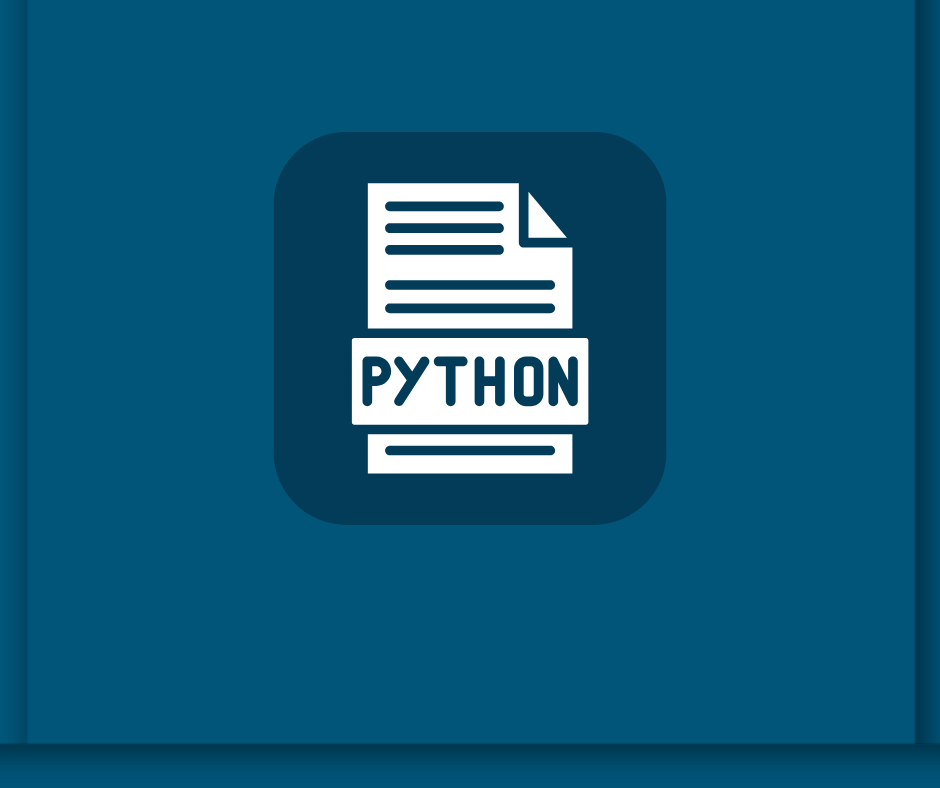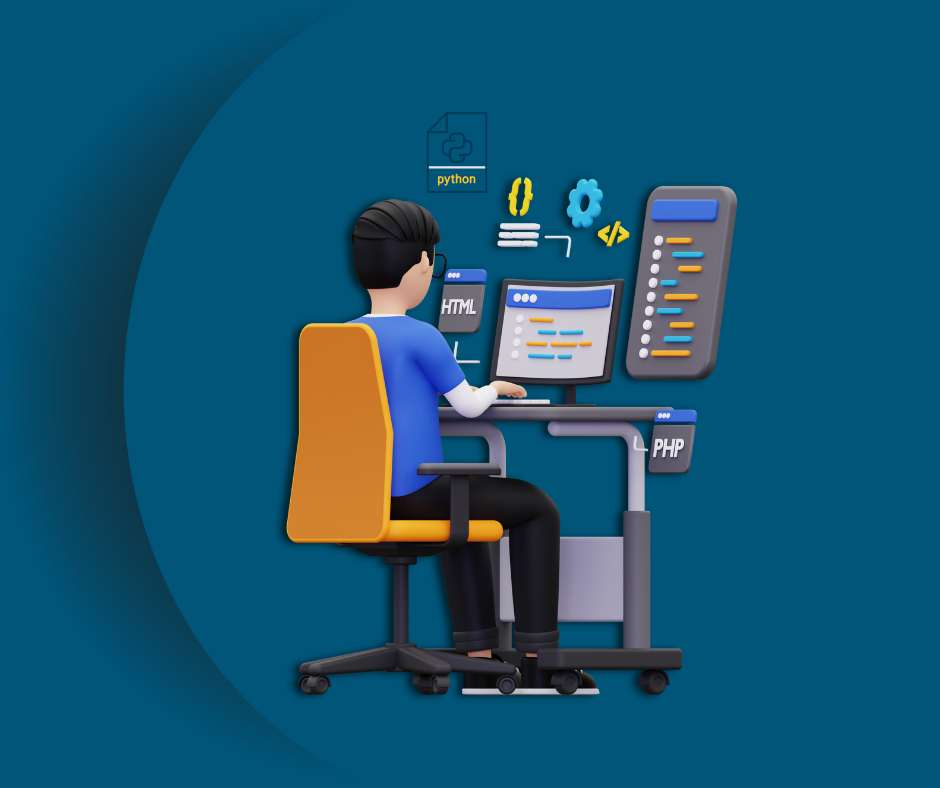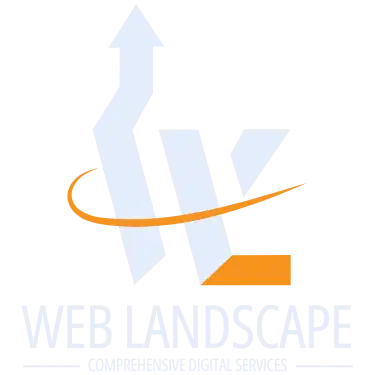1- The Concept of Python
2-Featurs of Python Language
3- Uses of Python Language
4- The Future of Python Language
5- The Best Way to Learn Python
6- History of the Python Programming Language
Python is one of the most popular programming languages in the world, known for its many features that have made it a favourite among programmers.
This article aims to explore Python in more detail, understand its concept, and highlight the features and benefits it offers.

The Concept of Python
Python is a high-level, open-source, and extensible programming language that follows the object-oriented programming (OOP) paradigm. It is a versatile language, widely used in many fields, such as building standalone applications with graphical interfaces and web applications. Python can also be used as a scripting language to control the performance of various software applications.

Features of Python Language
Python is one of the most popular programming languages in the world, for the following reasons:
• Ease of Learning:
Python is considered one of the easiest programming languages to learn and use.
• Supports Object-Oriented Programming:
Python supports object-oriented programming, making it suitable for complex applications.
• Open Source:
Python is open-source, meaning it is free and available for anyone to use.
• Large Supportive Community:
Python has a large supportive community consisting of millions of developers from all around the world.
• Rich Standard Libraries:
Python provides a wide range of standard libraries that offer a variety of functionalities and features.

Uses of Python Language
· Server-side Web Development:
Server-side web development involves writing code that runs on the server to handle user requests and send responses.
· Automation with Python Scripts:
Python scripts are used to automate repetitive tasks that humans would normally do. They can be used for a variety of purposes, such as:
ü File Management:
Python scripts can be used to rename, convert, copy, and delete
ü System Administration:
Python scripts can be used to run commands, manage services, and monitor the system.
ü Testing:
Python scripts can be used to automatically test programs.
• Data Science and Machine Learning:
Data science and machine learning are used to analyse data and build models that can predict outcomes. Python is widely used in these fields due to its many advantages, including:
ü Libraries and Tools:
Python provides powerful libraries and tools for data science and machine learning, making it easier for researchers and developers to build efficient applications.
ü Performance:
Python is a fast and efficient programming language, making it suitable for data science and machine learning applications that require high performance.
ü Scalability:
Python is an extensible programming language, which means developers can create new libraries and tools to handle new types of data.
• Software Development:
Python is used for a variety of software development purposes, including:
ü Scripting Development:
Python can be used to write scripts that can automate tasks and execute processes.
ü Desktop Application Development:
Python can be used to create desktop applications using graphical user interface (GUI) libraries.
ü Web Application Development:
Python can be used to create server-side or client-side web applications.
ü Video Game Development:
Python can be used to create simple or complex video games.

The Future of Python Language
The future of Python looks very promising. It is a powerful and versatile programming language that can be used for a wide range of tasks. Additionally, it is an easy-to-learn language, making it an attractive choice for both beginners and professionals.
Factors Supporting the Future of Python
ü Growing Popularity:
Python has become an increasingly popular programming language in recent years. It is the most popular language for artificial intelligence and machine learning development, and it is also widely used for web development, data analysis, and game development.
ü Strong Support:
Python has strong support from the developer community. There are many libraries and tools available to help developers use Python effectively.
ü Versatility:
Python can be used for a wide variety of tasks. This makes it a suitable programming language for anyone, regardless of their area of interest.

The Best Way to Learn Python
The best way to learn Python depends on your learning style and goals. However, there are some general tips that can help you learn effectively:
· Start with the Basics of Programming:
Before diving into Python, it’s important to have a basic understanding of programming. You can do this by reading books or taking online courses.
· Use High-Quality Educational Resources:
There are many educational resources available for learning Python. Be sure to choose resources that meet your needs and match your skill level.
· Practice a Lot:
The best way to learn Python is through practice. The more you practice, the better you will become.
· Join the Python Community:
There are many online Python communities. Joining one can help you learn Python, get support, and solve problems.

History of the Python Programming Language
The Python programming language was created in the late 1980s by Dutch programmer Guido van Rossum, who was working at the Centrum Wiskunde & Informatica (CWI) at the time. Van Rossum began working on Python as a hobby project during the Christmas holidays of 1989. He named the language after the British television show Monty Python’s Flying Circus, of which he was a big fan.
Conclusion
We can say that Python is a versatile, powerful, and flexible programming language that can be used for a variety of tasks. It is a great language for both beginners and professionals due to its simplicity, ease of learning, and ability to perform complex tasks.



